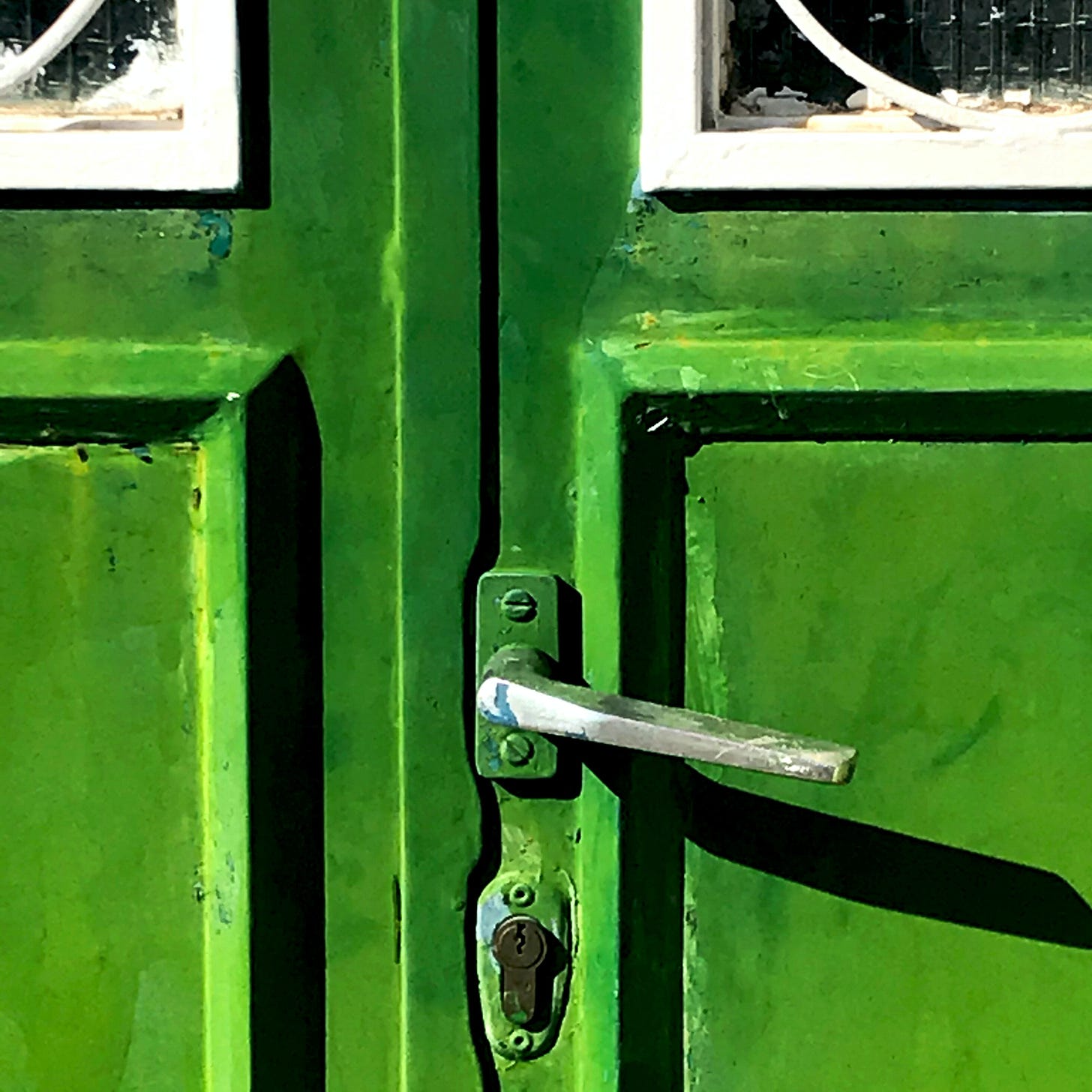Getting in the Door
Many of my dear grant colleagues would prefer to get a root canal than reach out to a foundation prospect.
Some dread making small talk. Or “pitching” their nonprofit. Or making their way through a meeting if someone does take interest.
If any of these reasons is stopping you, don’t worry. Success comes less in being a salesperson than in being a standout.
It’s tough to connect with prospective funders, especially the larger ones. Your chances of securing a first-time award can be, percentage wise, in the low single digits. With those odds, and without connections to a promising prospect, I like to imagine this thought experiment: What might a busy foundation staffer do given this voice or email message:
Hi, Yvonne. This is Susan Schaefer, Grants Guru at Gleeful Nonprofit. We provide training for a network of workforce development leaders. I’d love to set up a time to learn more about your work and tell you about how ours fits into your priorities. Are you available next week? Please respond with your availability. Thanks so much.
What does that approach sound like?
Everyone else.
Given the volume of requests most program officers receive, it would be hard to blame them for deleting or just plain forgetting about ones like this.
Instead, you can commit to high-value communications. It might seem amateurish to create a script, but that’s exactly what it takes to shape a message that stands above the rest. If not word-for-word text, then at least an outline of key points and messaging. One version won’t work for every opportunity, so consider these tactics and adapt them as you go.
Get Right to It
You can create personal bonds later. The larger the foundation, the more it’s important to initially cut through the small talk and get straight to the point. You want to show that you value your contact’s time and that the exchange is worth their while. This is an issue of time limitations more than a business-at-all-costs approach. The exception comes when you have been referred to a funder. In that case, clearly state the person who suggested the introduction.
Whether you’re communicating via email, phone, video, or in person, you want to make the best use of your contact’s time. Just like the best movie trailers, tease your proposal by whittling it down into its most enticing parts. No need to rattle off a long mission statement. No history of your organization. No list of core activities. Focus instead on the hook. And do it early on.
Voice Your Value
What is the hook? It’s your nonprofit’s value. What has your organization done to make progress aligned with this funder’s interests? Provide numbers, time frames, or examples of lives changed. These are the angles that attract investors.
No matter how well known your organization may be, don’t assume that a funder intuitively knows the value of your nonprofit’s work. This idea becomes increasingly important when you’re seeking unrestricted grants. When you ask for general operating support, value becomes the core of your ask.
Show What You Know
Convey that you’ve put thought into this communication. You can state that you’ve reviewed the funder’s latest annual report, or you observed a pattern in its grants list. It’s also helpful to demonstrate any relevant understanding of trends in your field. You can also make reference to a recent foundation initiative or program that your organization can build on.
Express confidence, backed up by evidence, that your nonprofit will help this funder meet its goals. I recently helped a client revise its introductory funder messaging to focus on an overlooked area in its field that the nonprofit addresses every day—and that the prospective foundation funds.
Personalize Your Pitch
No canned spiels. Your opening salvo should be as customized as the proposals you submit. Sure, there will be some similar messaging, but the unique elements allow you to tailor your nonprofit’s value to each funder’s interests.
That personalization can go further, such as seeking funders’ input or asking for their participation on a panel.
Focus on the Funder
In the early stages, it's not about you. It’s not fully about your nonprofit either, outside of that value statement mentioned earlier. It’s about understanding what’s important to this funder, gaining a deeper understanding of those priorities, and briefly addressing how your organization can support those goals.
The funder communications that have made me cringe have been those where the eager grant professional launched into a voice mail monologue. That approach gives the foundation staffer good reason to think, “I don’t see any synergy in what you’re describing.”
If you provide just the tantalizing tidbits and stress the mutual interests, you entice your contact to want to learn more.
Don’t Be too Hard on Yourself
If you read the above and wonder how you will possibly convey all of your proposal’s juicy details, remember that if you succeed at getting noticed, there will be time for all of that. And if you don’t connect, you will continue your outreach.
It’s healthy to assume there will be a need for future messages. Few foundations, as you may well know, will reach out to you on the first go-round.
Getting in the door takes persistence and originality. You’re not trying to be cute, gimmicky, or salesy. Your task is to plot a strategy based on sound messaging. Think of it as a campaign. You will use multiple channels over time to convey a specially designed set of messages.
The people who do it the most adeptly spend considerable time writing, revising, practicing, and adapting their script. Every door requires a different key.


